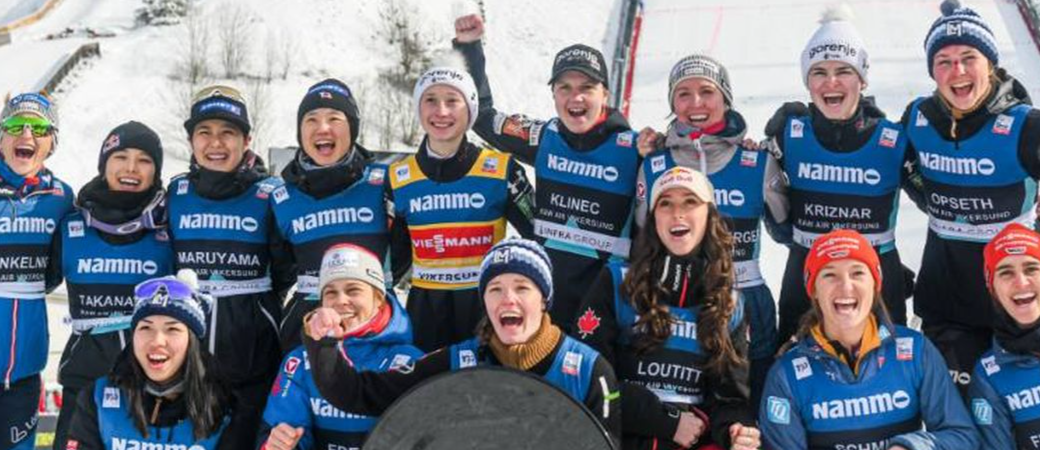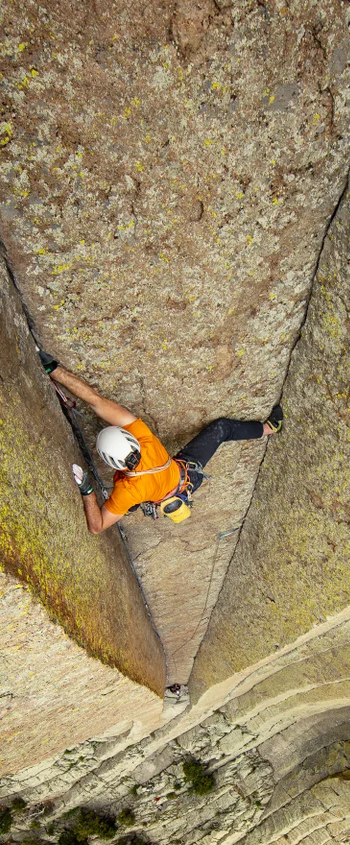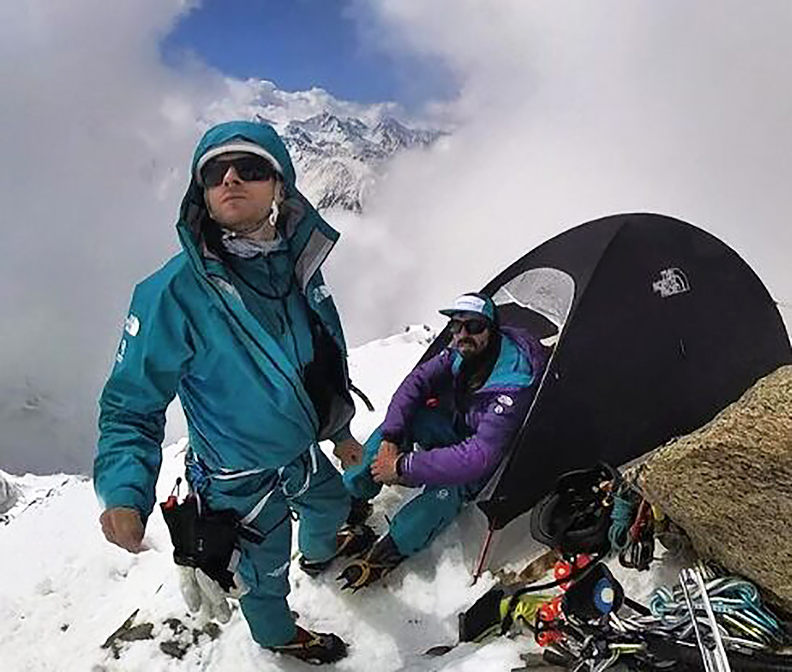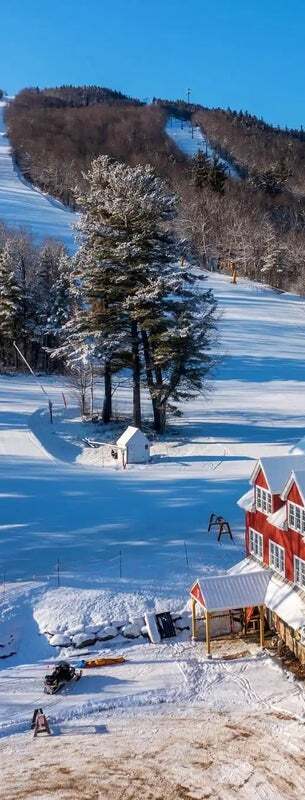Historic Ski Descent on the East Face of the Matterhorn
Number of Skiers in Colorado Mountains Declines This Season This season, the number of skiers in the Colorado mountains declined.
According to Colorado Ski Country USA, visitation to Colorado’s ski resorts decreased this past winter. The state’s ski areas recorded approximately 14 million skier visits for the season, representing a 5 percent drop from the previous year. Despite the decline, this is still a significant number of skiers, as last year set a record, the trade group, which represents 21 Colorado resorts, noted in a statement.
A ‘skier visit’ is defined as one person participating in skiing or snowboarding for any part of one day at a mountain resort.
The winter sports season had a slow start this year due to poor snow conditions across the U.S., including Colorado. However, the state’s mountain towns regained some lost ground with a series of big storms in the spring.
“This season was a rollercoaster ride, starting off on the warm and dry side and ending with a notably snowy extended season that stretched deep into spring,” said Melanie Mills, president and CEO of Colorado Ski Country USA. “Our hats are off to the resorts who managed everything the season held.”
Despite the late-season surge, hotels and vacation rentals experienced a decline in revenue this winter. According to data provider DestiMetrics, lodging revenues in Colorado were down from last year due to a combination of lower occupancy and lower room rates.
Source
https://www.cpr.org/2024/06/07/number-of-skiers-in-colorado-down-this-seeason/
Learn more: https://www.adventurefilm.academy/
Australian Winter Olympics Flagbearer Banned from US Competition
Brendan Kerry, a prominent Australian figure skater and triple Olympian, has been banned from competing in the United States following an allegation of sexual misconduct involving a minor. The ban, issued by the US Center for SafeSport, marks a significant development in Kerry’s career and has sparked conversations about athlete safety and welfare in the sports community.
Kerry, who represented Australia as a flagbearer at the Beijing Winter Olympics in 2022, received a permanent ban from SafeSport, with ESPN reporting the possibility of an appeal. Notably, the ban applies exclusively within the jurisdiction of the United States, where SafeSport holds authority over Olympic and Paralympic activities.
The allegation against Kerry dates back to the 2016-17 season when he was registered as a coach with US Figure Skating. The Australian Olympic Committee and Ice Skating Australia (ISA) were reportedly unaware of the SafeSport investigation until the sanction was publicly disclosed.
In response to the development, ISA released a statement emphasizing its commitment to athlete safety and well-being. The organization expressed seriousness regarding the matter and pledged to gather and assess all available information related to SafeSport’s determination.
Kerry’s career in figure skating boasts notable achievements, including eight Australian national titles and three appearances at the Winter Olympics in 2014, 2018, and 2022. His retirement from competitive skating followed the Beijing Games, where he achieved his best Olympic performance, finishing 17th.
The revelation of Kerry’s ban underscores the ongoing efforts to address issues of misconduct and safeguard athletes within sports organizations. It serves as a reminder of the importance of prioritizing athlete welfare and implementing robust measures to prevent and address instances of misconduct.
For those affected by similar issues, support is available through organizations such as Lifeline (13 11 14) and 1800RESPECT (1800 737 732), which offer assistance for individuals experiencing sexual assault, harassment, or domestic violence.
In case of emergency, dial 000 for immediate assistance.
Pakistanis Take to the Slopes in ‘A Journey About Sharing’
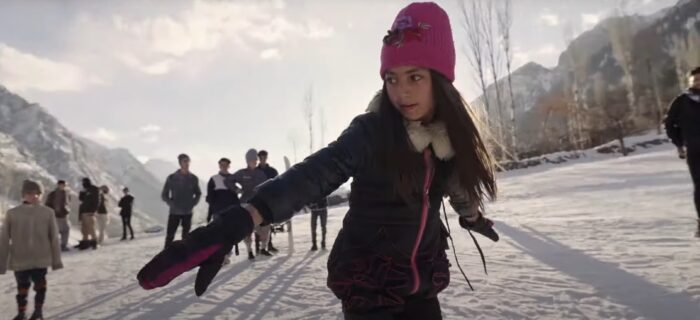
Shred the gnar. Photo: Screenshot
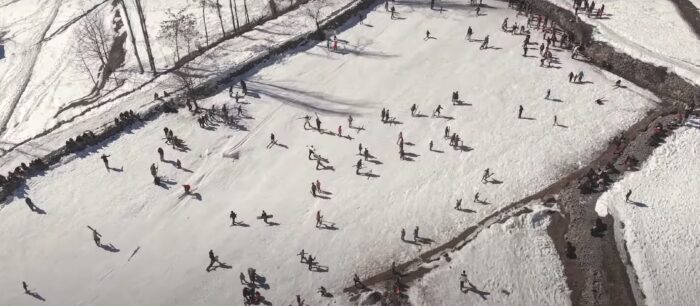
Children in one of Pakistan’s isolated valleys enjoy downhill snowsports over their long winter break. Photo: Screenshot
Skinning up is hard without skins

Riding in Pakistan. Not bad! Photo: Screenshot
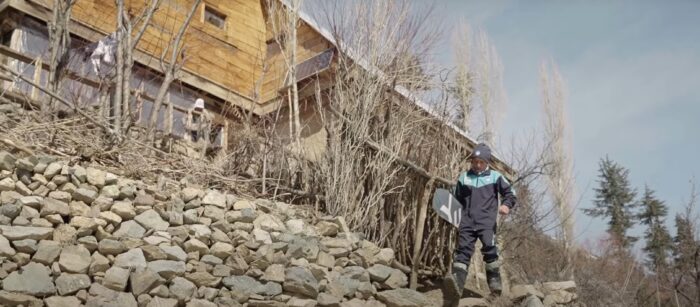
Having the right gear makes everything more fun. Photo: Screenshot
A meandering journey
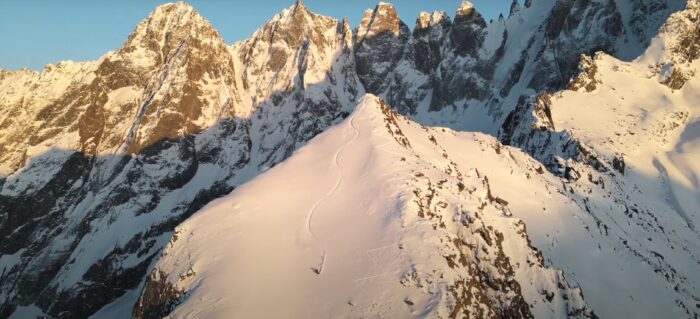
Hard to beat these turns. Photo: Screenshot
Source: https://explorersweb.com/weekend-warmup-a-journey-about-sharing/
Learn more: https://www.adventurefilm.academy/
